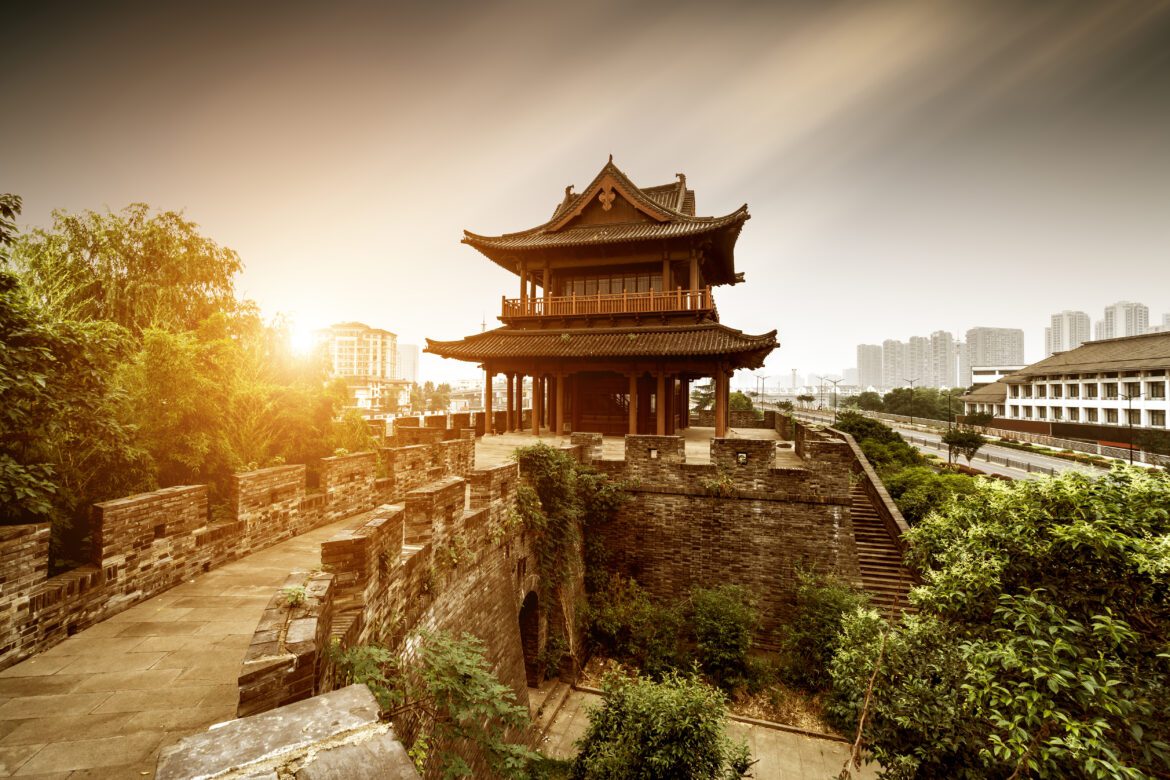China’s rich history extends back thousands of years, leaving a stunning heritage of ancient wonders strewn across its enormous country. China’s historical attractions, from awe-inspiring structures to ancient towns, provide an insight into the country’s rich past. In this post, we will take a virtual journey around some of China’s most important historical monuments, diving into their cultural and historical significance.
The Great Wall of China:
The renowned Great Wall of China is a must-see on any list of China’s ancient wonders. It is a monument to the ancient Chinese civilization’s engineering genius, having been built over several centuries and stretching over 13,000 kilometers. The wall acted as a military structure, shielding China from invasions and also as a symbol of national unity. It is now a UNESCO World History Site and a significant symbol of China’s cultural history.
The Terracotta Army:
The Terracotta Army, near Xi’an, is a mind-boggling archaeological find. This collection of life-sized clay troops, horses, and chariots was created to defend Emperor Qin Shi Huang after death. This ancient army, discovered in the 1970s, is thought to have over 8,000 troops and is an awe-inspiring display of ancient Chinese art and military prowess.
The Forbidden City:
The majestic Forbidden City, also known as the Imperial Palace, is located in the heart of Beijing. It was the residence of emperors during the Ming and Qing dynasties and is the world’s largest wooden palace complex. The architecture and design of the Forbidden City reflect the traditional Chinese concept of harmony between man and nature. It now houses the Palace Museum, which is home to an extensive collection of imperial artifacts and artworks.
The Mogao Caves:
The Mogao Caves, located in Dunhuang along the ancient Silk Road, are a rich trove of Buddhist art. These caves, carved into the rocks over a millennium ago, feature almost 2,000 statues and 45,000 square meters of murals. These elaborate pieces of art illustrate religious stories and provide important insights into China’s historical contacts with foreign cultures via trade along the Silk Road.
The Longmen Grottoes:
The Longmen Grottoes, located near Luoyang, are yet another magnificent witness to China’s ancient Buddhist legacy. Thousands of Buddha and Bodhisattva statues going back to the Northern Wei and Tang dynasties are housed in these grottoes carved into limestone cliffs. The complex carvings are a UNESCO World Heritage Site that demonstrates the excellent skill of ancient Chinese artists.
Conclusion:
Discovering China’s ancient landmarks is an enthralling adventure that highlights the country’s deep-rooted cultural history as well as past technological advances. These historical wonders reflect the achievements of past Chinese civilizations, from the towering Great Wall to the delicate carvings of the Longmen Grottoes.
The preservation and protection of these historical places is critical not only for China but for the entire world. These sites serve as a link between the past and the present, allowing us to comprehend and appreciate our ancestors’ heritage. By seeing and learning about these ancient treasures, we obtain a better understanding of China’s cultural diversity and historical significance.

